West India's Famous Bird & Wildlife Sanctuaries
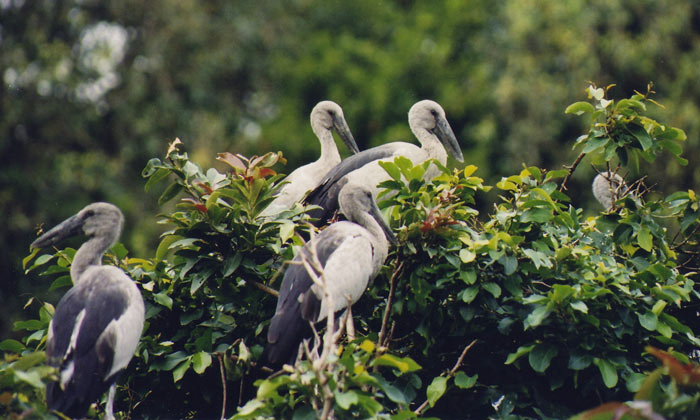

The Western Ghats, a UNESCO World Heritage Site, and the unique ecosystems of the Rann of Kutch are central to West India’s famous bird & wildlife sanctuaries, providing a refuge for an astonishing array of wildlife. From majestic big cats to vibrant flocks of flamingos, these protected areas offer a glimpse into India’s rich biodiversity. Each sanctuary, whether a dense forest or a sprawling wetland, presents a unique and powerful experience of nature’s untamed beauty.
Wiki Link: Wildlife Sanctuaries of India

Dadra Park and Bird Sanctuary
The Wetland Oasis of Daman & Diu
Era: Developed as a recreational and conservation area
Location: Dadra, Union Territory of Dadra and Nagar Haveli and Daman & Diu
This serene park and sanctuary is a vital wetland habitat within the union territory, attracting a variety of resident and migratory birds.
The park is a key spot for birdwatching, with frequent sightings of flamingos, kingfishers, egrets, and several species of ducks.
It offers a peaceful environment with walking trails and seating areas, perfect for a relaxing day in nature.
The sanctuary highlights the ecological diversity of the region, providing a green refuge for both wildlife and visitors.

Bhigwan Bird Sanctuary
The Bharatpur of Maharashtra
Era: Gained prominence as a birding hotspot in the 2000s
Location: Bhigwan, Pune district, Maharashtra
Centered around the backwaters of the Ujani Dam on the Bhima River, Bhigwan has emerged as one of Maharashtra’s most important and accessible bird sanctuaries, often compared to Keoladeo in its diversity.
It is famous for hosting massive flocks of Greater Flamingos, creating a stunning pink haze over the water during the winter months.
The sanctuary attracts a wide variety of waterbirds, including bar-headed geese, river terns, and several species of storks, pelicans, and raptors.
Local fishermen offer boat rides, providing visitors with an intimate experience to observe the rich birdlife up close in the wetland habitat.
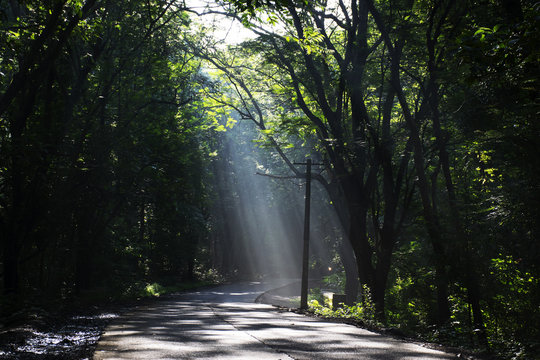
Sanjay Gandhi National Park
The Wilderness Within the Metropolis
Era: Declared a national park in 1983
Formerly: Krishnagiri National Park
Location: Mumbai, Maharashtra
UNESCO World Heritage Site: No
Sanjay Gandhi National Park is a unique ecological paradise nestled within the boundaries of Mumbai, making it one of the world’s most visited national parks. It is a vital green lung for the city and a sanctuary for a surprising diversity of flora and fauna.
The park is famous for its ancient Kanheri Caves, a complex of over 100 Buddhist rock-cut caves dating back to the 1st century BCE.
It hosts a healthy population of leopards, demonstrating a remarkable coexistence between a large metropolis and a large predator.
Visitors can explore the park through safari rides, boating on the Tulsi and Vihar lakes, or hiking through the forest trails.

Gir National Park
The Last Refuge of the Asiatic Lion
Era: Declared a sanctuary in 1965
Patron: The Nawab of Junagadh initiated early protection
Location: Gir Somnath, Gujarat
UNESCO World Heritage Site: Not yet
Gir is the only place in the world where the majestic Asiatic Lion can be found in the wild, a powerful symbol of successful conservation.
The population of Asiatic Lions has increased from near extinction to over 600 individuals.
The landscape is a unique mix of dry deciduous forest, thorny scrub, and grassy hills.
It is also home to a significant population of leopards and the highly endangered White-backed Vulture.

Tadoba Andhari Tiger Reserve
The Jewel of Vidarbha
Era: Declared a tiger reserve in 1995
Formerly: A popular hunting ground
Location: Chandrapur, Maharashtra
UNESCO World Heritage Site: Not yet
Tadoba is one of India’s oldest and largest national parks, renowned for its high tiger density and pristine wilderness.
It is often called “The Land of Tigers” due to its excellent sighting opportunities.
The landscape is dominated by teak forests and the serene Tadoba Lake.
It is also home to the rare Indian wild dog (Dhole) and the sloth bear.

Indian Wild Ass Sanctuary
The Last Home of the Khur
Era: Established in 1972
Location: Little Rann of Kutch, Gujarat
UNESCO World Heritage Site: Not yet
This sanctuary, located in the vast, surreal landscape of the Little Rann of Kutch, is the only place in the world where the endangered Indian Wild Ass (Khur) can be found in the wild.
It protects the last population of the Khur, a subspecies of the Asiatic wild ass known for its incredible speed and endurance in the harsh desert.
The ecosystem is a unique mix of saline desert plains, arid grasslands, and marshy salt flats.
The sanctuary is also a haven for migratory birds, including flocks of flamingos, and is one of the last refuges for the desert fox and wolf.

Navegaon National Park
The Bird Lake Sanctuary
Era: Declared a national park in 1975
Patron: Government of Maharashtra
Location: Gondia, Maharashtra
UNESCO World Heritage Site: Not yet
Navegaon is a famous bird sanctuary centered around a picturesque lake, drawing thousands of migratory waterbirds each year.
A watchtower overlooking the lake provides spectacular views of nesting and roosting birds.
Visitors can take boat rides on the lake to observe birdlife up close.
The park is also home to tigers, leopards, and the gaur (Indian bison).

Kutch Great Indian Bustard Sanctuary
The Last Stand of the GIB
Era: Established in 1992
Patron: Government of Gujarat
Location: Naliya, Kutch, Gujarat
UNESCO World Heritage Site: Not yet
This sanctuary was established with the primary goal of protecting and recovering the population of the Great Indian Bustard.
It is one of the few places where there is a chance to spot the majestic Great Indian Bustard in the wild.
The grassland ecosystem also supports spiny-tailed lizards, chinkara, and wolves.
The sanctuary experiences the influx of flamingos and other waterbirds during the monsoon.
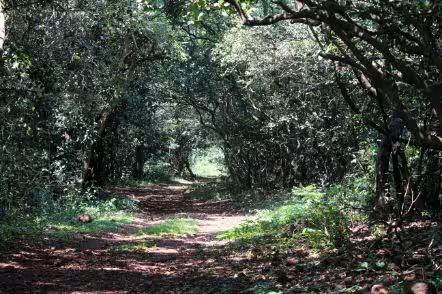
Phansad Wildlife Sanctuary
The Coastal Evergreen Refuge
Era: Notified in 1986
Patron: Government of Maharashtra
Location: Raigad, Maharashtra
UNESCO World Heritage Site: Not yet
Phansad is a dense coastal sanctuary known for its moist deciduous and evergreen forests, providing a vital corridor for wildlife.
It is a haven for birdwatchers, with species like the Malabar Trogon and Ceylon Frogmouth.
The sanctuary is rich in butterfly diversity.
It was originally a private game reserve of the former rulers of the Murud-Janjira state.

Bhagwan Mahavir Wildlife Sanctuary
The Gateway to Goa's Wild West
Era: Notified in 1969
Patron: Government of Goa
Location: Sanguem, Goa
UNESCO World Heritage Site: Not yet
This is the largest wildlife sanctuary in Goa, protecting the rich biodiversity of the Western Ghats’ foothills.
It houses the famous Dudhsagar Waterfalls within its boundaries.
The sanctuary is home to the elusive black panther, gaur, and a rich variety of birdlife.
The ancient Tambdi Surla Temple, dedicated to Lord Shiva, is located deep inside the sanctuary.

Karnala Bird Sanctuary
The Migratory Hub near Mumbai
Era: Established in 1968
Location: Raigad district, Maharashtra
Karnala is a popular getaway for Mumbai and Pune residents, famous for the 150-foot-high Karnala Fort pinnacle at its center. It is a haven for over 150 species of resident and migratory birds.
It is a crucial pitstop for Central Asian migratory birds.
The sanctuary is known for species like the Malabar Trogon, Malabar Whistling Thrush, and three-horned Hornbill.
The trek to the fort offers breathtaking panoramic views of the surrounding green landscape.
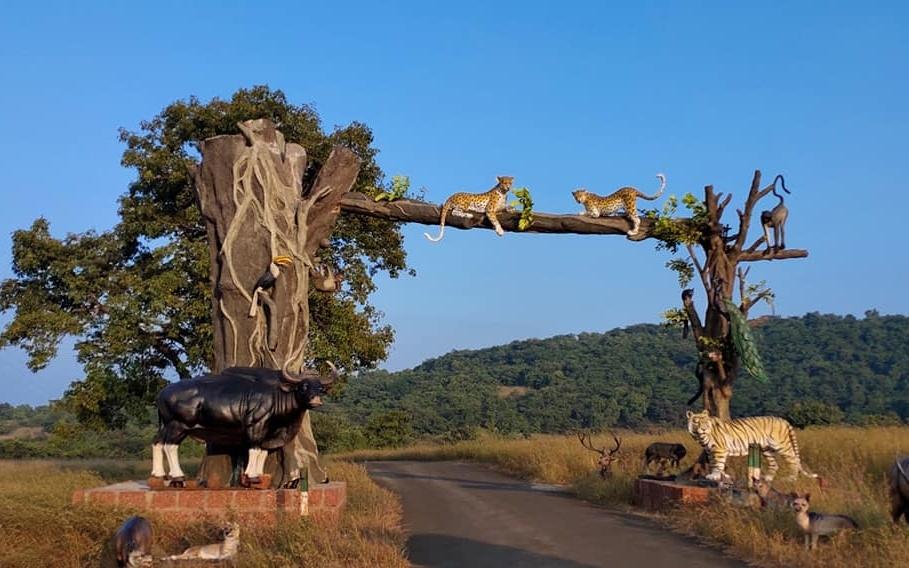
Chandoli National Park
The Western Ghats Corridordia
Era: Declared a national park in 2004
Location: Kolhapur, Sangli, and Satara districts, Maharashtra
UNESCO World Heritage Site: Part of the Western Ghats
Chandoli National Park is a vital link in the Sahyadri Tiger Reserve, protecting a significant stretch of the Western Ghats. It is known for its rugged terrain, historical forts, and rich biodiversity.
The park features deep valleys, steep cliffs, and several waterfalls.
It is home to tigers, leopards, gaur (Indian bison), and the giant Malabar squirrel.
The park area includes the remains of 17th-century forts like Prachitgad and Bhairavgad.
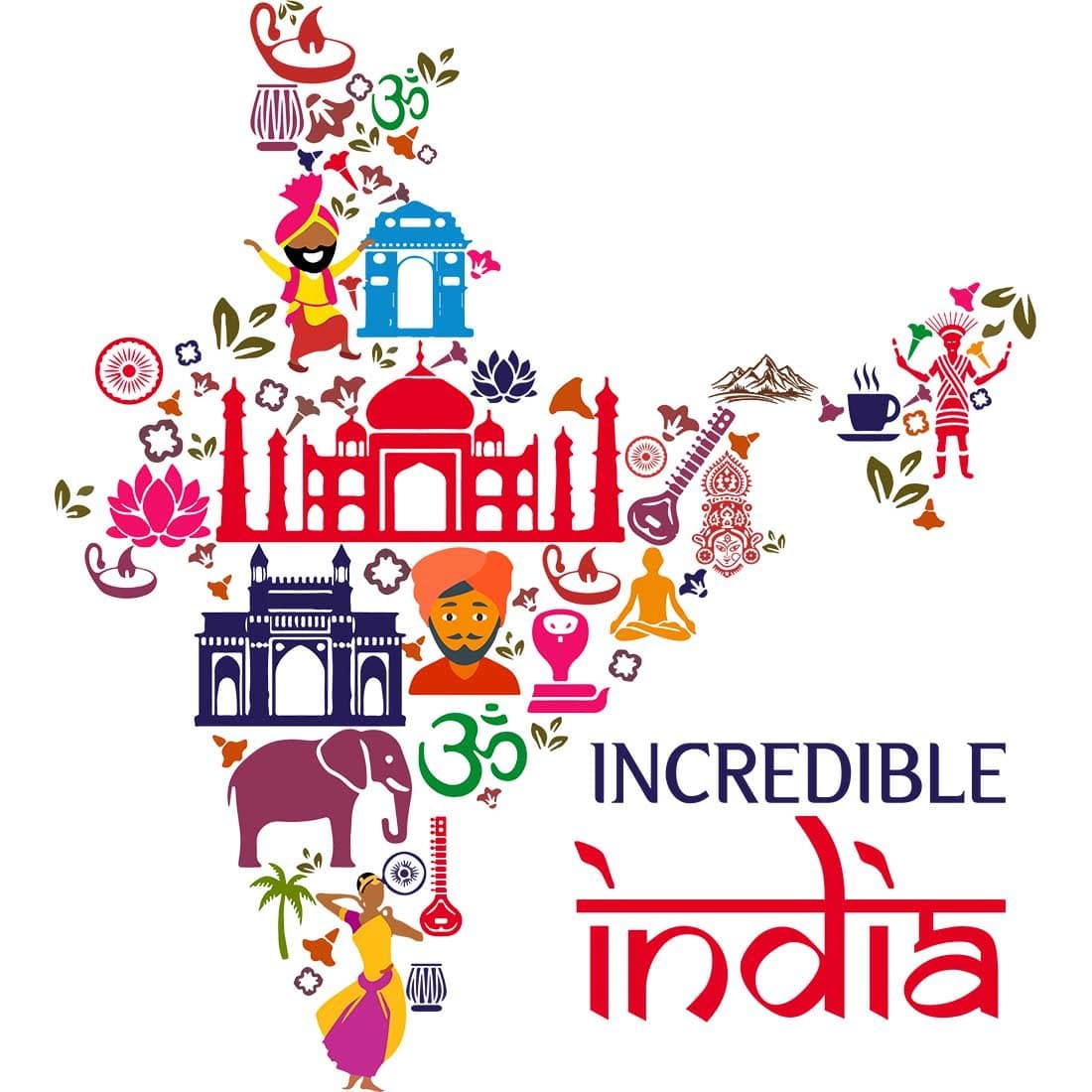
West India's Famous Bird & Wildlife Sanctuaries
- West India Wildlife Guide
- Places to visit in West India
- Places to visit in West India
- India’s Most Popular Wildlife Destinations
- India’s Natural Marvels
